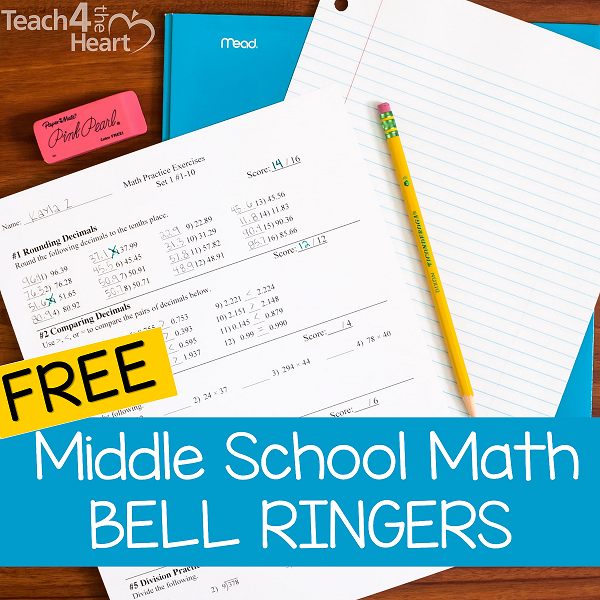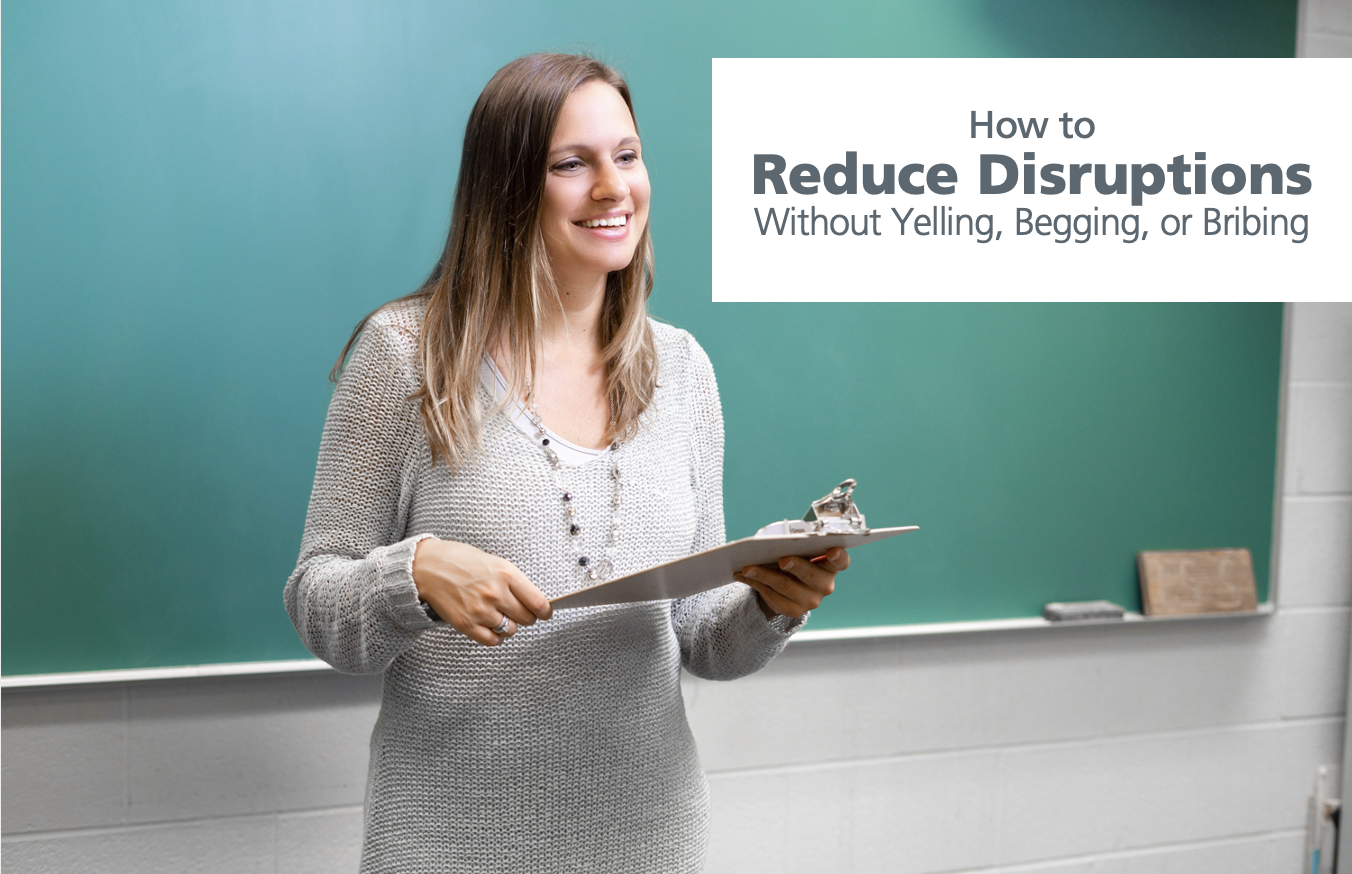Getting your room ready for the school year can be extremely exciting. It’s also a whole lot of work. There are books to prepare, desks to arrange, decorations to create……The list seems never-ending.
What we need to focus on most, though, is functionality. Yes, it’s great if our rooms are cute and fun, but it’s more important that we be strategic in how we set things up so we can maximize our efficiency.
Here are some practical areas we can set up to save time and help our students learn.
9 Areas to Include When Setting Up Your Room
- A station for you. You need a place somewhere in the front of the room to stash all those supplies that you need to have handy while teaching. If your desk is at the front, that could work. But if it’s in the back, you need a secondary station to keep your notes, pen, etc.
- In/out bins. If you don’t use in/out bins in your room, adding these can save a lot of time. I have one large in bin for group work. (After students pass in their papers, the last student paperclips them and puts them right in my in bin.) I then have separate in bins for each class for students to turn in late work or absent work – anything that’s individual and not with the group piles.
Finally, I have out bins for each class, and these save the most time. Instead of standing in front of class wasting time passing out papers, assign a student to pass them out for you. They simply go to their class’s out bin, grab whatever’s in there, and start passing them out.
- Sample tests. Post a sample test and/or quiz (one for each subject if possible) in your room so that students can get a basic idea of how you will be testing them. Of course this sample shouldn’t include the real test questions, but it should give them an idea of the length, style, etc. This can help allay the fears of students who experience anxiety over testing. (This fantastic idea is from The First Days of School.)
- Post your classes on the door. If you have a self-contained classroom, this is as simple as posting your name and the grade level you teach. But if you teach multiple groups/classes, posting them outside the door will help students know that they are in the right place.
- Absent folders. Have a system for getting absent work to students. A simple but efficient system is to give a student in each class the responsibility of recording what you do in class. This form then goes in the absent folder so that returning students can easily see what they missed.
(Click here to get an editable version of the form I used.)
- Decor. If you enjoy decorating your room to the nines and you have time, then go for it. But if you’re getting overwhelmed (or it’s just not in your wheelhouse), all you need to do is create a warm learning environment for your students. The easiest way is to simply put up motivational or instructional posters (like these) throughout your room. To get you started, here’s a motivational poster you can download for free, print, and display in your room:
Click here to get your free classroom poster.
- To-do lists. No, not for you – for your students. Post lists such as what they should do at the start of class and what they should do if they finish an assignment early.
- A place to post start-of-class assignments. If your’e wondering why a start-of-class assignment is so crucial, take a minute to read this post. But you also can’t forget about having a place to post it – something consistent so it’s in the same place every day and students know where to find it.
Oh and if you teach middle school math, you’re in luck. Grab a set of middle school bellringers for free here. - A place to post homework. Have a consistent place that students can find their homework assignments. I found it extremely effective to create a poster board for each class that included the class name and then had a spot for each day of the week. I would then laminate these boards and put them up along one wall. I could then use a wet-erase marker to write the week’s assignments and upcoming tests/quizzes. A spray bottle of water and paper towels easily cleaned them at the end of each week.
Want more tips like these?
G
Find out more about Create Your Dream Classroom.
Looking for A Helpful Jumpstart with classroom management?
Check out our free class: How to Reduce Disruptions without Yelling, Begging, or Bribing.
spread the word!

This post contains affiliate links. I only recommend resources I truly believe will be helpful.






I teach high school and find it helpful to have Kleenex, a trash can, and hand sanitizer near the door so students can step out to blow their nose and then “tidy up” on their way back in. It’s also efficient for me when I inevitably catch a cold!
I have a basket by my door that includes the items you mentioned, but I also include band-aids, hand lotion, Tide stain stick and saline. I teach high school, and the kids love this. I also have my restroom passes hanging on the wall. My students know this is their “personal needs” station, and it it allows them to take care of these needs efficiently and quickly without interrupting class time.
so smart must do
It is also necessary to have a place and system for understanding and implementing Special Ed, 504, and ESL plans. You’ll be expected to follow accommodations and document that you’re doing so. It would be helpful to keep the students’ testing and progress in that same spot even if they’re not in a special situation. That way you’re keeping track of all your students’ academic abilities and behavior. This also means having a specific place for tracking behavior on your end (not just something that goes home with the student) to cover your own butt and make behavior modification easier instead of just flying by the seat of your pants. Anything you do needs to be backed up with DATA!
Hi Linda,
I found your blog on Pinterest and found it really helpful. I wrote a post for Edutopia that will be promoted in the next week or two on FB AND Twitter, and I provided a link to your blog on it. I thought you’d like to know!
https://www.edutopia.org/discussion/back-school-pinterest.
Thanks for sharing your ideas!
Have a great school year,
Beth Rheingold
@bethrheingold
I teach 2nd grade at a small private school, and in an effort to cut down on my students getting out of their seat I have them put a box of tissues in their desk. Also, I believe in children being hydrated and as a beginning of the year gift I get them a small water bottle for them to keep at their desk, as well as a small pencil sharpener. These things have really helped me and I hope it helps you as well.
I teach postsecondary (18-22 y.o.) and their needs are still the Same! Good idea!
Linda,
Thank you for the tips in the email and your blogs. You and Angela Watson help ease our teacher minds. I appreciate Amanda’s tip about data prep for students with 504 plans and more.
Thank you.
I teach 2nd grade and always make sure to have a spot next to the sink in my room for a “self-serve 1st aid kit.” I include “anti-itch” cream for bug bites, various size bandages, q-tips for dipping into the container of petroleum jelly to serve as lip balm, artificial tears (which require my help), anti-biotic ointment, etc. It cuts down on requests to go to the nurse’s office for minor issues.
Love it!
Don’t forget a self-care station for you: Advil/Tylenol/aspirin, decongestant, cough drops, emergency chocolate.
Great idea!
I would love to sign up for the online course but it would be 2.45am where I am 🙁
Sorry to hear that! There’s nothing like being there live where you can ask & get answers to any questions that come up. However, we are *hoping to have a video replay available, so go ahead & sign up – and we’ll let you know if/when it’s ready. It’s not the same as being there live, but it’s the next best thing for those with schedule/time zone conflicts.
Having taught for over twenty years, I had left the classroom and spent the last ten years working with adults with developmental disabilities. I’m returning to teaching this year. Your articles are helpful, reminding me of details I might have forgotten. Thank you.
Loved the article of suggestions and ideas. Many of which I’ve already implemented in my classroom. I teach second grade and everyone in our classroom community has a job.
Great ideas! Thanks!